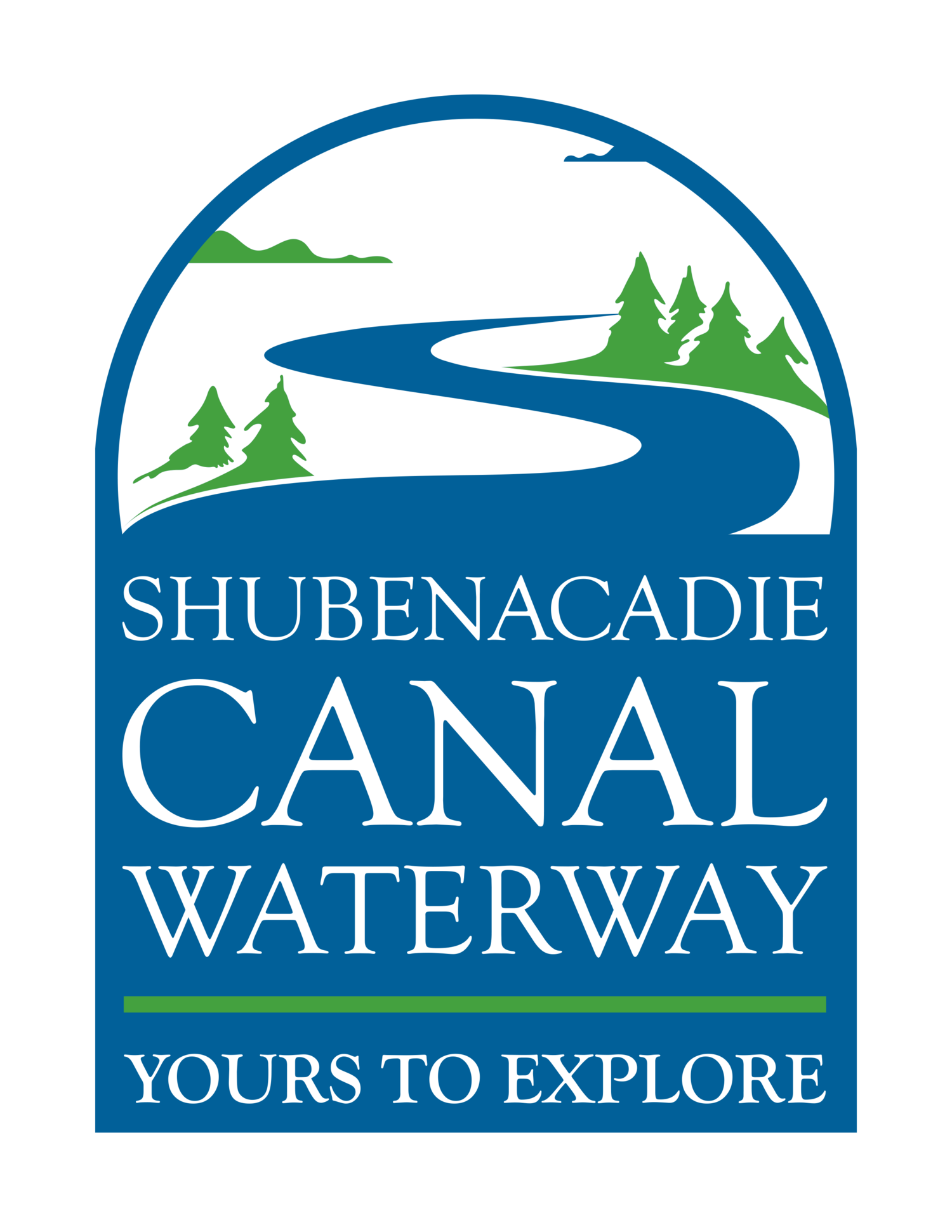THE FIRST Residents
The Mi’kmaq and their ancestors have lived in Nova Scotia and the other Maritime Provinces for over 10,000 years, arriving shortly after the last glaciers began to recede from the region. Throughout their habitation of the province, they have used the lakes and rivers left behind by the Ice Age as highways through the wilderness.
The Mi’kmaq called their territory Mi’kma’ki and divided it into seven districts. The central district of what is now Nova Scotia, covering a wide swath of land from Halifax Harbour to Truro and beyond, was called Sipekne’katik, meaning “where the groundnuts grow”. The groundnut (Apios americana) was a staple food source for the Mi’kmaq in the area. When French settlers arrived in the 1600s, they transcribed Sipekne’katik as “Shubenacadie”, with this corrupted name appearing in print as early as 1689.
The Mi’kmaq have traversed the Shubenacadie River and the lakes to its south as a major transport route since time immemorial. Artifacts found along the waterway date back over 4,000 years, with some suspected to be much older. Stone points, adzes, and gouging tools are all evidence of Mi’kmaw presence in this area. This vital water highway served as the main route between their summer camps on the shores of Halifax and Dartmouth and their winter camps in Nova Scotia’s forested interior. In 1721, Paul Mascarene wrote that “there is communication by a river from Cobequid [the area around Cobequid Bay] to Chebucto [Halifax Harbour]”, indicating the route was still regularly used in the 18th century.
A scale model of a Mi’kmaw birchbark canoe made using the same materials. From the collection of the Metropolitan Museum of Art, New York.
The Boat that connected the Province
The vehicle of choice for the Mi’kmaq was the birchbark canoe. It had rounded ends and a wide-bottomed interior, and could be used both in freshwater and saltwater. It was built with a softwood frame and a hull made of bark from the paper birch tree, woven together with “rope” made from spruce root. When necessary, the seams would be sealed with spruce gum.
Sea canoes were about 6 to 8.5 m (20 to 28 ft) in length, while freshwater canoes were 2.75 to 4.9 m (9 to 16 ft) long. Despite their significant size, the materials used to build the vessels made them remarkably lightweight, weighing only about 23 kg (50 lbs). This meant that they could easily be carried overland from one lake or river to another, a process known as portaging.
Similar canoes were made by other Algonquian peoples across North America. The design was also admired by many European settlers, including the explorer Samuel de Champlain. Today, a small number of skilled Mi’kmaw craftspeople still make birchbark canoes in the traditional style, both for practical use and as decorative pieces.


